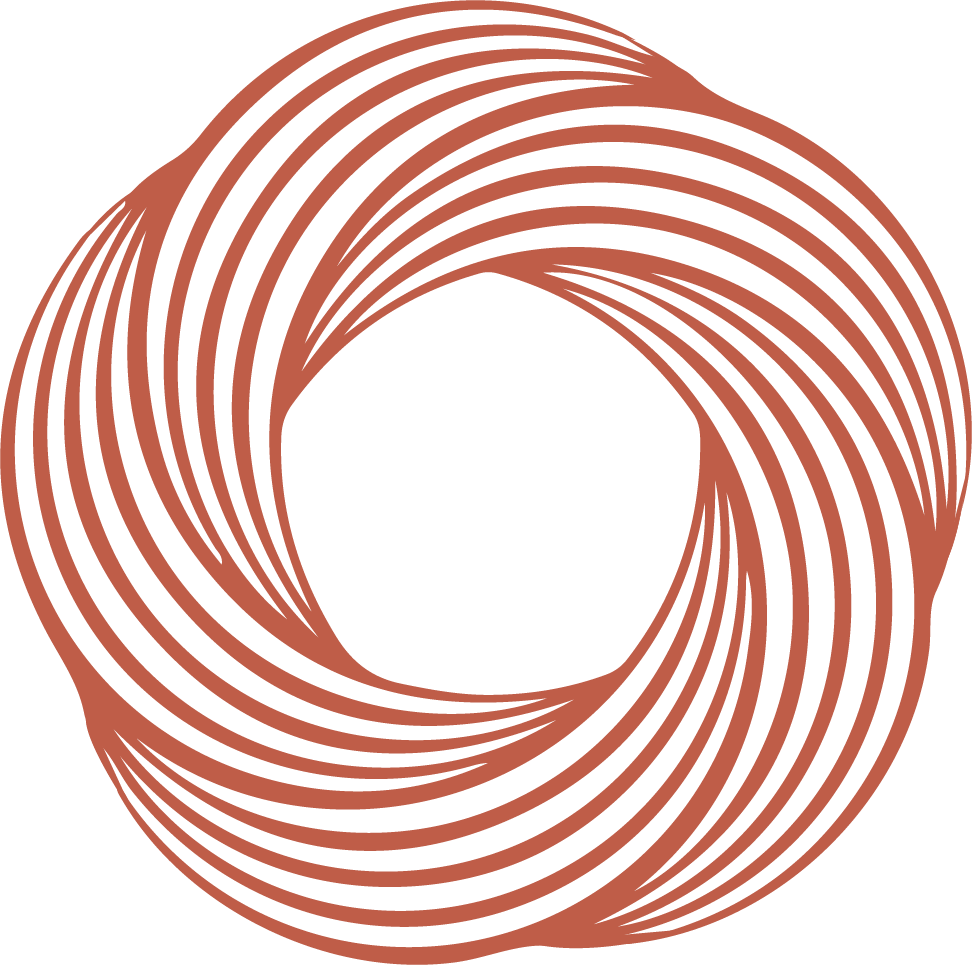What is Pranayama?
What is Pranayama?
Yoga is both and art and a science. It is a science because it follows a tried and tested methodology to help you progress from illusion to illuminated. One step naturally follows the previous one, and one must at least gain a solid grounding on one level before progressing. Yoga is an art because every individual is different and must find their own way through the flow of yoga. If yoga was strictly a science, everyone could follow the exact same steps in the same way and reach the goal. But this is not the case.
The natural ‘scientific’ flow of yoga starts with Asana (for most of us). The practice of the postures and attaining a certain mastery of them unlocks the practice called Pranayama. The Asanas deal mainly with creating health, balance and energetic activation of the physical body. The physical body is our outermost, gross layer (kosha) and doing only asana causes us to get stuck in an obsession with the body and what it can or cannot do.
That’s Nice, But What is Pranayama?
Instead of spending all our energy on the postures for the rest of our yogic lives, eventually one is able to access the next layer (kosha): the energetic layer. This is where things start to get really interesting because of the great power involved in working with this layer. The practice is called Pranayama and it mainly deals with the breath and the energetics behind the breath. Breath is life and life is based on Prana, the life force. Pranayama is the ‘expansion of the life force’ through special breathing patterns and practices.
One must be prepared to do the advanced Pranayama practices, but anyone can do the basic ones and improve their health and energy levels. First we must learn to breathe properly, expanding the lungs and contracting them and deepening the flow of breath in a regular and even rhythm. This is the first stage of Pranayama: creating a stable and steady breath that is deeper and fuller than our usual shallow breathing patterns (which actually cost us energy). This is called Ujjayi Pranayama.
This practice alone is very powerful and transformative for most people because very few people ever really focus on improving their breath even though it is our most vital of functions. If breath ends, life ends. So improving breath improves the quality of your life.
After Ujjayi breath is established, the Pranayama practice goes on to explore an endless variety of breath patterns, each of which changes the quality and quantity of our life force. The master of Pranayama has a huge amount of reserve energy and vitality, which leads to sometimes superhuman powers that are beyond those who do not cultivate life force and Pranayama.
More advanced Pranayama practices include: Viloma (step breathing), Kumbhaka (pausing the breath), Samavritti (making the sections of the breath even), Chandra Bhedana (Piercing the Moon Channel), Nadi Shodhana (Cleansing the Energy Channels), Kapalabatti (Breath of Fire) and many, many more.
Pranayama can be difficult to learn because there are few modern yoga teachers who practice or even understand its essence. It takes dedication, concentration and determination to advance in Pranayama, but the rewards make the effort well worth it. There is no better way to balance the energies that keep you healthy and happy than to go directly to their source through breath and Pranayama has a highly developed system to take you there.
What is Pranayama and how do I Learn It?
If you want to learn an accessible, powerful and transformative system of Yogic Breathing, join our Swara Yoga Prana and Pranayama 100 Hour Teacher Training. We have a fully developed system to get you going on this life-changing and fascinating practice of Pranayama.You can Contact Us with questions if you have them.
and Check out our Podcast:



